'What is a module NFC?' – this question is asked by many users. Often when buying a particular gadget, the buyer hears that it is equipped NFC. Read about what NFC technology is.
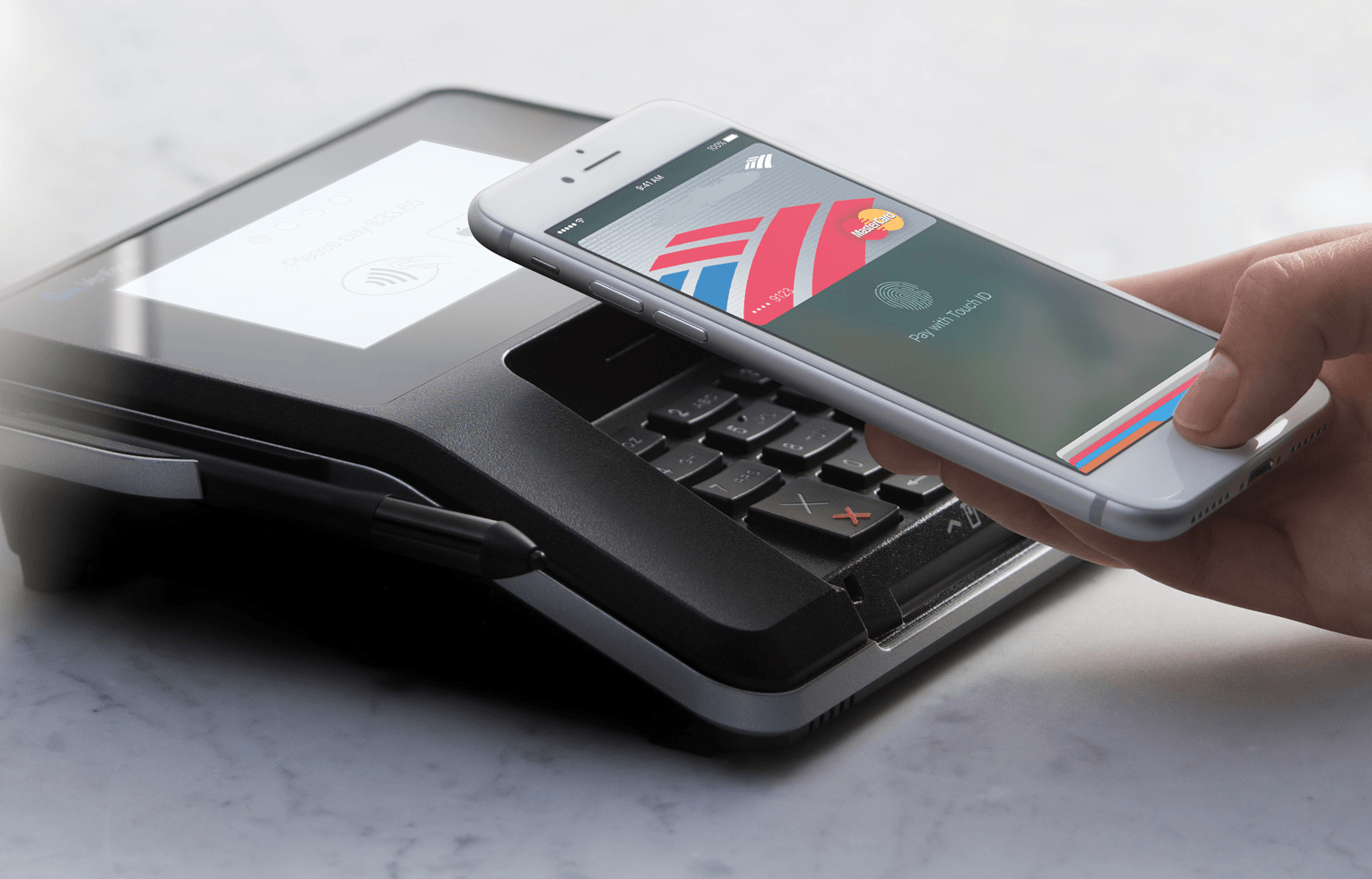
NFC: what is it and when did it appear?
Technology NFC what is it and how does it work NFC? NFC or 'Near field communication' (translated from English – 'near contactless communication') – is a method of wirelessly transmitting information to a short range. The distance at which information is transmitted is 4-5 cm. NSF is a module that the world learned about in 2004. The original task of the developers was the invention of technology for reading data from credit cards and making payments. Over time, the invention was equipped with many other functions, the application of which is possible in a wide variety of fields.
NFC – what is it from the technical point of view? The new technology combines the function of a device such as a reader with a smart card interface to create a single new device. Modern devices NFC also communicate with devices equipped with FNS, with well-known smart cards, as well as with readers of the ISO 14443 standard. Payment systems and other devices (for example, turnstiles in buses, trolleybuses, metro ) equip the NSF. Primarily NFC is used on digital mobile devices.

Working conditions
NSF data is only allowed to be transferred between devices (take, for example, a smartphone) that:
- Equipped with the Android Beam function, which allows you to use the technology NFC.
- On (the screen is not locked).
- They are spaced from each other at a distance of 4 – 5, maximum 10 centimeters.
- Found each other and established communication for the transmission of information. A successful connection is recognized by a specific sound signal that is heard when the connection is established.
Important! Until the complete transfer of information, the devices cannot be disconnected, since interruption of communication will not allow the transfer of information completely.
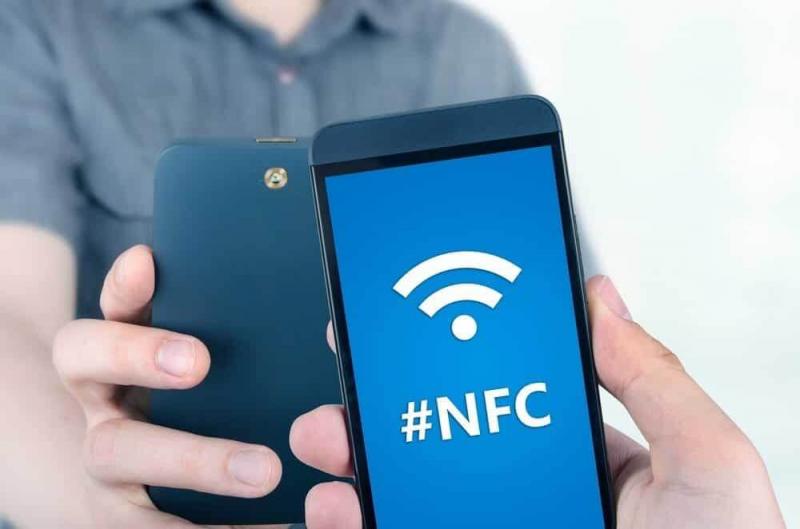
Applications
Almost every latest phone and tablet released is equipped with technology NFC. The module is used for contactless payments for purchases, as well as for travel by public transport. In Japan and South Korea, to travel by bus or subway, a passenger just needs to touch the smartphone to the reader.
Popular global manufacturers have already developed their own payment systems for NSF (for example, Apple Pay), which are gradually spreading around the world. The transfer of finance, however, is not the only action that technology is capable of.
To transfer information, most people are accustomed to using Wi-Fi, since the field of action of the latter helps to exchange information at a distance. When there are devices nearby, it is convenient to use the NFS for this. The main advantage of this transfer is speed: smartphones are connected to each other instantly, and files are transferred between them in the same way.
Important! Not all file types are suitable for transfer using NFC. You can copy contacts, photos, tags on maps, but when transferring applications, videos from YouTube or a website, only a link to the source will be transferred to the recipient.
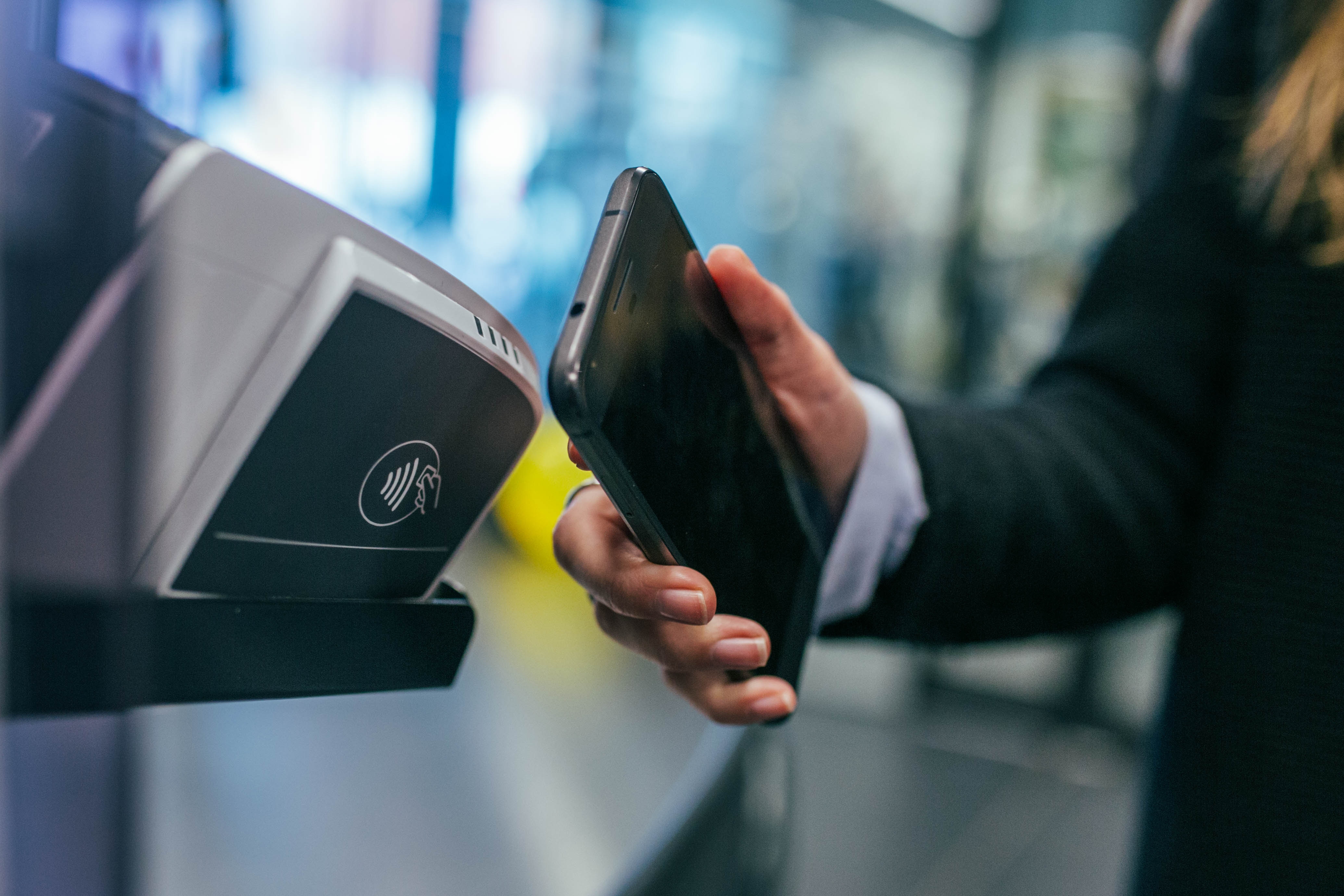
Application for payment
A contactless payment made using the NSF is safer than using the same contactless bank card. The fact is that during each transaction, the device creates a unique digital key, due to which the funds are transferred. In this case, the data of the owner's card is not transferred to the terminal through which the payment is made.
To pay with an NSF device, the owner's fingerprint is required to confirm the transaction. Wireless payment does not require entering a PIN, which can be calculated by entering it on the terminal. If the smartphone is lost, cybercriminals will not be able to use the money from the owner's account, which also increases the security of the user's finances with NFC.
NFC – labels
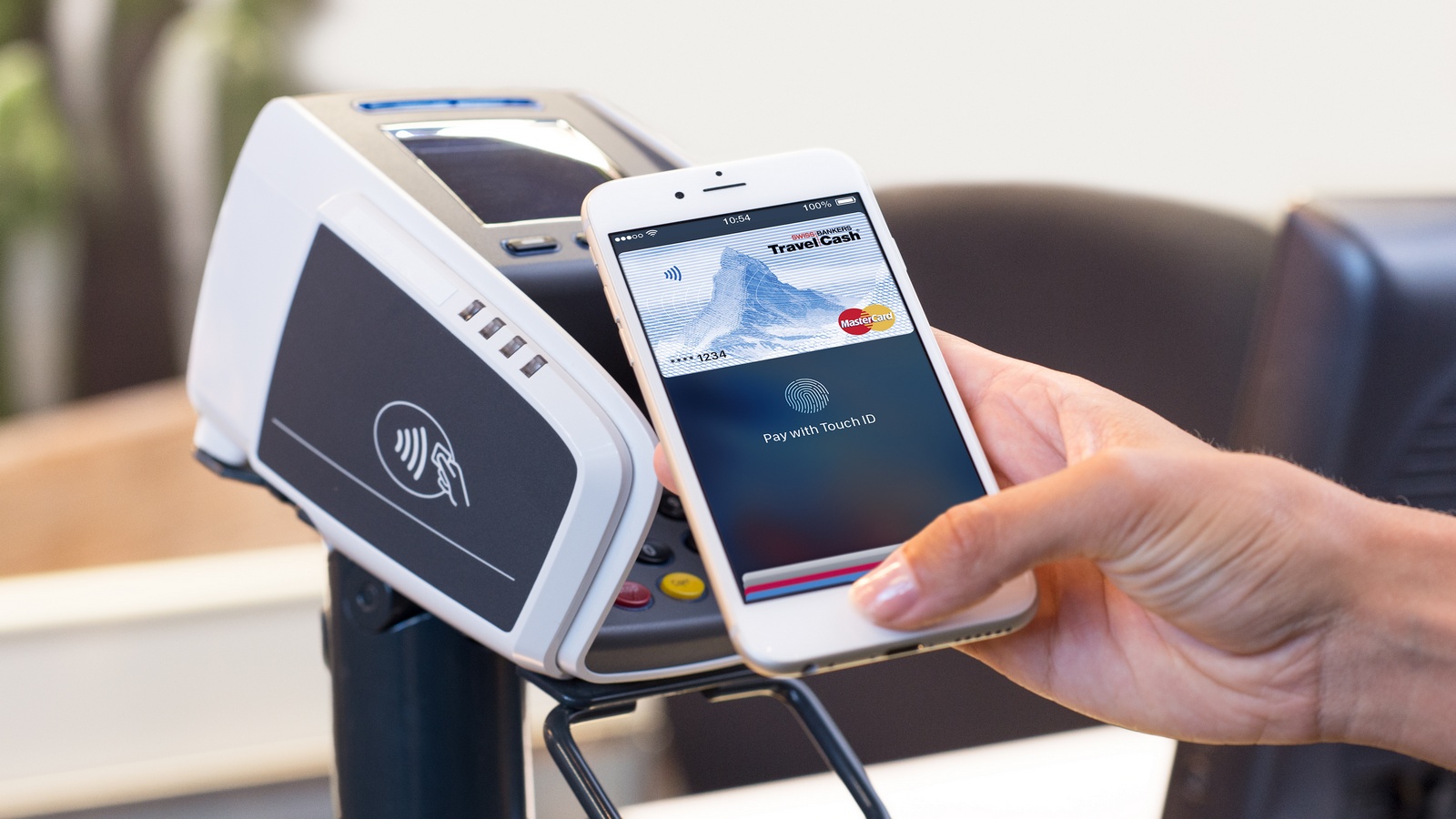
interesting 6.1-inch iPhone 12 and iPhone 12 Pro will go on sale first Now officially: announcement of iPhone 12 will take place in a week
In addition to transmitting information, the NFS functional field includes the ability to read and write special labels. In shape and size, the tags are most similar to coins. NSF tags have an adhesive base for placement on surfaces made of certain materials.
Accessory specifications are standard:
- The frequency is 13.56 MHz.
- Usage temperature: -25 to +80 ° C.
- Duration of storage of the stored information: 10 years.
- Capacity (the amount of information that the user writes down) – 888 bytes.
- Number of times to overwrite a tag: more than 100,000 times.
- Reading speed: 0.106 megabits per second.
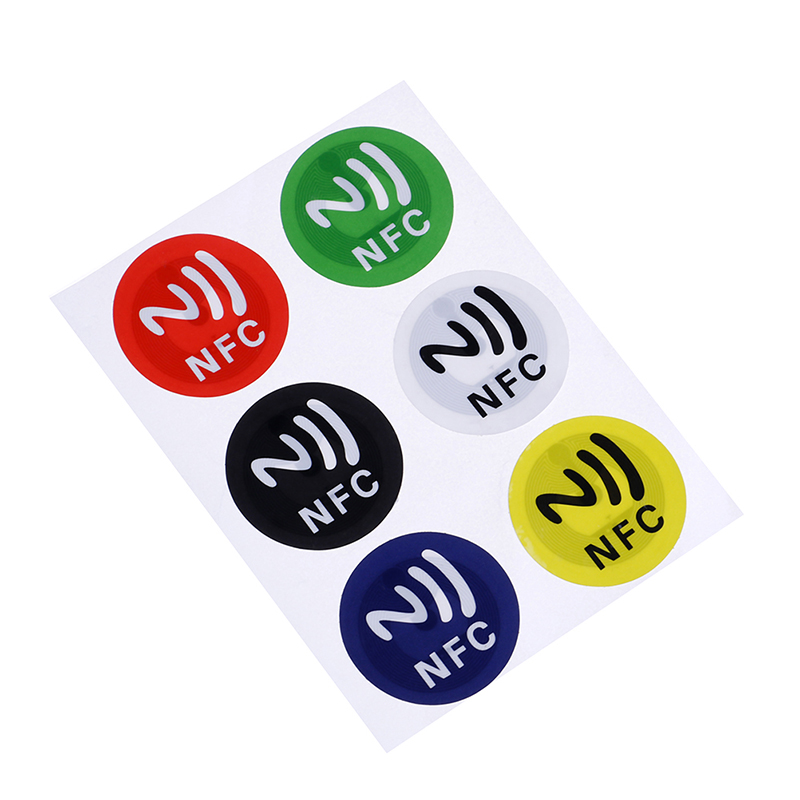
Dimensions NFC – marks are small, the diameter of devices does not even reach 1 centimeter. Therefore, such labels can be placed in any accessible place. NFC – the tag can be attached in the bedroom by attaching the phone to it, it will automatically switch to silent mode or turn down the call volume. It is also handy to place a tag in the hallway, having come home and attaching a smartphone, the child will notify the parents that he is at home. Or, when you leave home, you can turn off Wi-Fi on your phone and turn on the music player. In the car, such tags will automatically turn on the radio, start the GPS navigator or turn on the music player.
For the tags to work, the user needs to download a special application NFC Tools, which can be found at Google Play. The application allows you to read, write and program tags as their owner requires. NFC Tools gives the right to program labels for a large number of tasks, among which there is an automatic cancellation of the assigned tasks within the time specified through the application.
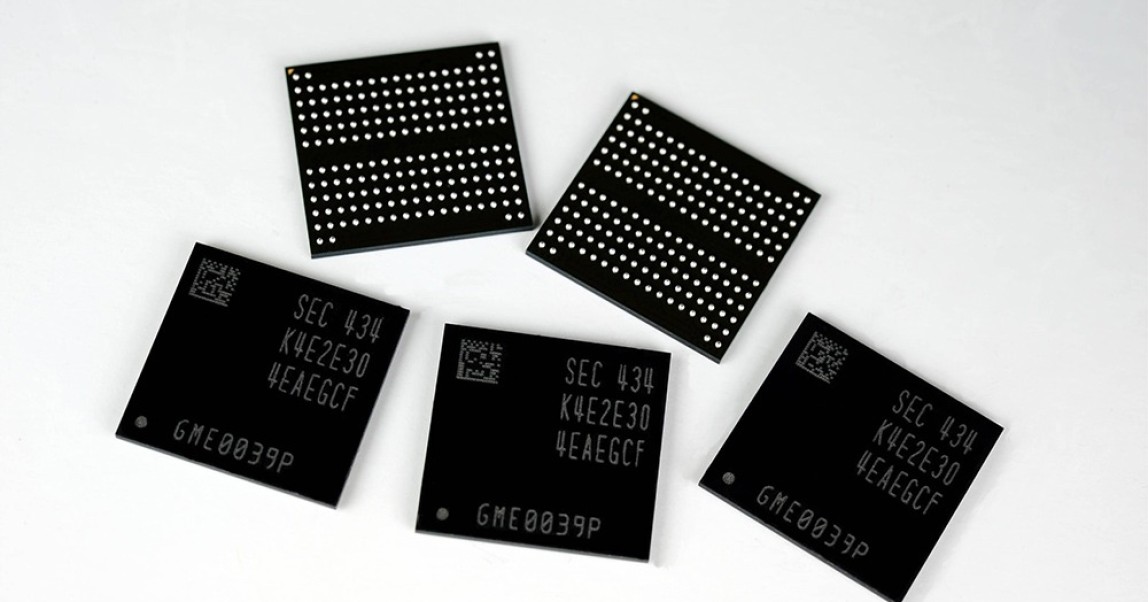
Information exchange
After activating NFC and installing Android Beam, the user can use the device to exchange information. To transmit information, both gadgets must be enabled NFC and Android Beam.

The device screens are unlocked and the user chooses the information that will be transmitted:
- open link;
- YouTube video (as a link);
- map, location or route;
- contact;
- Appendix;
- the photo.
The back panels of the phones are attached to each other. After the connection is established, the devices emit a special sound or vibration signal, which notifies of its completion. The screen image is reduced and a recording appears asking you to touch the screen to confirm the transfer of information.

Unfortunately, during confirmation, communication is often disrupted, since both smartphones or tablets are suspended, and the distance to maintain communication is important to keep small. When the transmission is complete, the screen returns to its normal size.
What devices work with NFC?

NSF technology is used on devices such as:
- phones and tablets, the functionality of which is rapidly expanding with NSF;
- fitness bracelets and watches that help you pay by touch for travel or pay in stores;
- rings, which are used, for example, in the subway to pay for fares;
- covers, key rings and stickers, which were actively produced by the financial corporation Barclays;
- gloves that help pay for purchases without freezing your hands;
- WISP wearable stickers that allow you to perform all of the above actions by gluing an elastic sticker to the skin where the wearer is comfortable.
